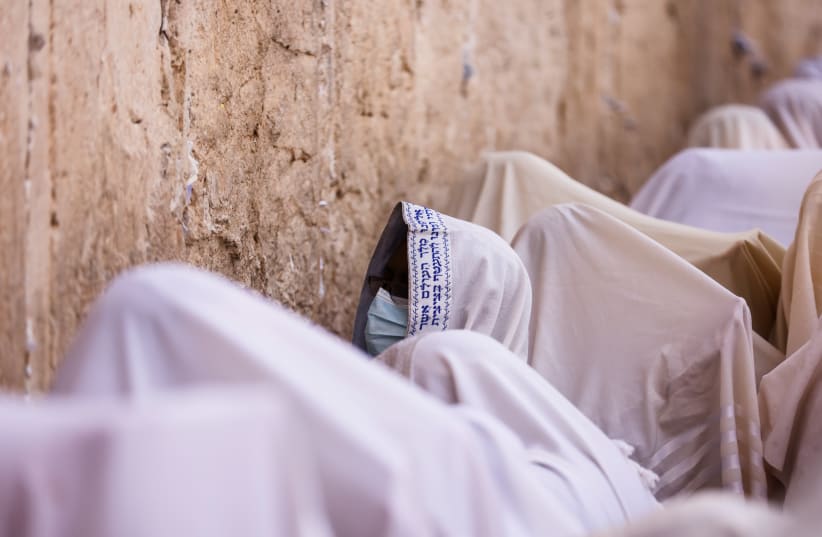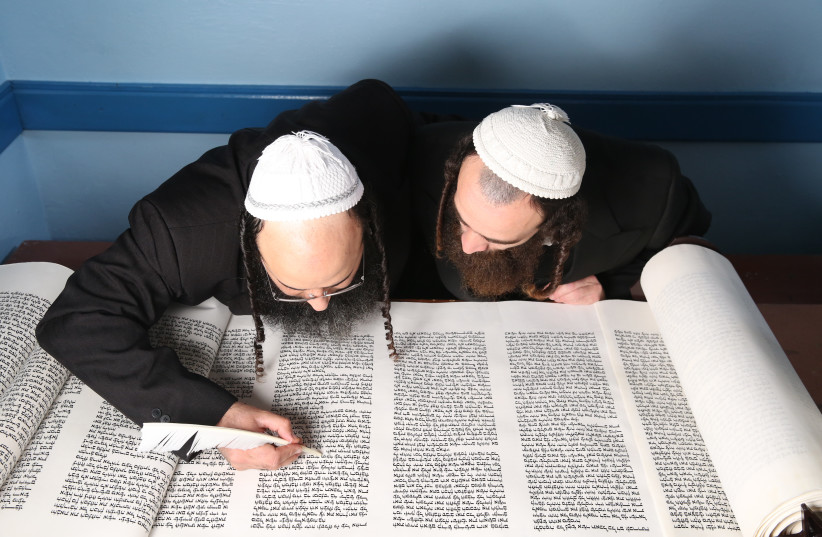How can a mortal creature who knows that a human being is nothing when compared to God create a bond with his Creator and speak to Him in a language of “I-Thou”? How does one who worships God, while asking for His blessing, rise and bless Him as if a created creature could bestow a blessing on its Creator? Can prayer change the situation of human beings in their society and in the world?
These are the types of serious, consequential issues raised in Siddur Hatefillah: The Jewish Prayer Book – Philosophy, Poetry, and Mystery, by Eliezer Schweid (1929-2022). A distinguished scholar, writer and professor of Jewish philosophy at the Hebrew University, Schweid was the recipient of the Israel Prize in 1994 for Jewish thought and is regarded as one of the foremost historians of Jewish thought of his time.
Gershon Greenberg, a professor of philosophy and religion at American University in Washington, DC, and a visiting professor at Hebrew University and Bar-Ilan University, skillfully translated the book from the Hebrew version, which was published in 2009.
An unusual perspective for approaching the idea of prayer
Schweid approached the idea of prayer from an unusual personal perspective. His mother, who had grown up in an Orthodox home, did not believe in God. His father, who was raised in a hassidic household, prayed privately. The family attended the synagogue just once a year on Yom Kippur, though Schweid’s father would also take his children to a Yemenite synagogue in Mea She’arim on Simhat Torah in observance of his birthday. Recalling his visits to the Yemenite synagogue, Schweid wrote, “This was my first encounter with the world of prayer. I felt how the joy of prayer influenced those who knew its secret, but I did not possess the secret. I saw Jews praying, and I was impressed. But I did not pray myself. I did not dare.”
Schweid’s parents defined themselves as “freethinkers” rather than secular Jews. To their son, the distinction was significant. “A Jew who defined himself as ‘secular,’” he writes, “retreated from the sacred and beautiful as a superstition, or as some sort of intellectual and emotional servitude. A Jew, who, by contrast, defined himself as ‘free’ viewed himself as having no duty to institutional Halacha when it came to anything related to spiritual life. But he was, by choice, obligated to the values of truth and justice. It was sanctified in the legacy of the generations. The experience of the sacred as an ethical and spiritual value was important to my parents. They shared it on the Sabbath and holidays – not publicly in their synagogue but in their home, in their private domain.”
As a founding member of Kibbutz Tzora, Schweid was responsible for the commemoration of Shabbat and holidays, but it was only when he later moved to Jerusalem and pursued his scholarly studies, that he joined a synagogue and connected to the world of congregational worship.
In the introduction, Schweid writes that his book is not intended as an interpretation of the Siddur, nor as an independent philosophical inquiry into the substance of prayer. Instead, the author locates texts in the Siddur that contain two different sets of philosophical dimensions – what he terms the processing of religious-philosophical teachings in the language of prayer, and prayers expressing philosophical ideas in prayer’s special language. In the use of the term “philosophy” in the Siddur, Schweid is not referring to the academic discipline of philosophy, but rather, to its educational discipline.
Schweid traces the historical development of the Siddur from the men of the Great Synagogue founded by Ezra during the days of the return to Zion through the time of Rabban Shimon ben Gamliel II in the aftermath of the failure of the Bar Kokhba revolt. The text of the Siddur was not established all at once, he explains, but grew through a long process of transmission, adhering conservatively to its sources.
“Nevertheless,” he writes, “it was open to changes taking place in the situation of the Jewish people among the nations, to the influence of surrounding cultures, and to changes in the nation’s state of mind, thoughts and tastes.” Today as well, the text of the Siddur has been impacted by contemporary events such as the Holocaust and the founding of the State of Israel.
In Schweid’s words, the repeated recitation of the prayers invited spontaneous creativity, quoting the saying of the early Greek philosophers that it was impossible to step into the same river twice, meaning that life, like the water, is constantly moving and in a state of flux. “Similarly,” writes Schweid, “it is impossible to pray the same prayer twice. The very same worshiper expresses feelings and thoughts each time anew, in a moment that was unique. The words are the same, but the emphasis and indication are in actuality that cannot be duplicated.”
Following the author’s introduction, Schweid analyzes the philosophy and poetry in 18 chapters, including, among others, the Kriat Shema, the Shemoneh Esrai, known as the Amidah, which is recited three times daily, the poetry of the Psalms, the Song for the Shabbat Day, and types of biblical poetry as a source of prayer.
Siddur Hatefillah is not an easy read by any means. It requires an investment of time and energy to best appreciate and understand the concepts and explanations described by the author. However, those who take the subject of prayer seriously – whether they express their prayers in the synagogue daily, from the confines of their home, or even just once a year on Yom Kippur – will find the book to be helpful, and even inspirational at times.
The English-language selections from the Siddur quoted in the book are from the Koren Siddur translated by Rabbi Jonathan Sacks, which the reader will find helpful. Those who are more familiar with the original Hebrew text would probably have benefited from additional listings of prayers in the Hebrew language as well.
Finally, to return to at least one of the questions mentioned at the beginning of this review – can prayer change the situation of human beings in their society and the world – the author writes that prayer is self-education, which influences the worshiper’s behavior in all areas of his life. “If a person prays with authentic knowledge of his desire to be good before God, the prayer bears fruit in realizing the beneficial mutual bond between the worshiper and God.” Prayers can be uttered in times of human need, in happiness and in sorrow, but ultimately, as Schweid writes, “Worship of God who creates the world and reigns over His universe outside Him is intended to elevate the human being to a moral spiritual height.”
For this reviewer, reading selections from Siddur Hatefillah raised questions that I had not previously contemplated and led me to think about the concept of prayer in ways I had not considered before.
Siddur Hatefillah: The Jewish Prayer BookBy Eliezer SchweidTranslated by Gershon GreenbergAcademic Studies Press514 pages; $169

